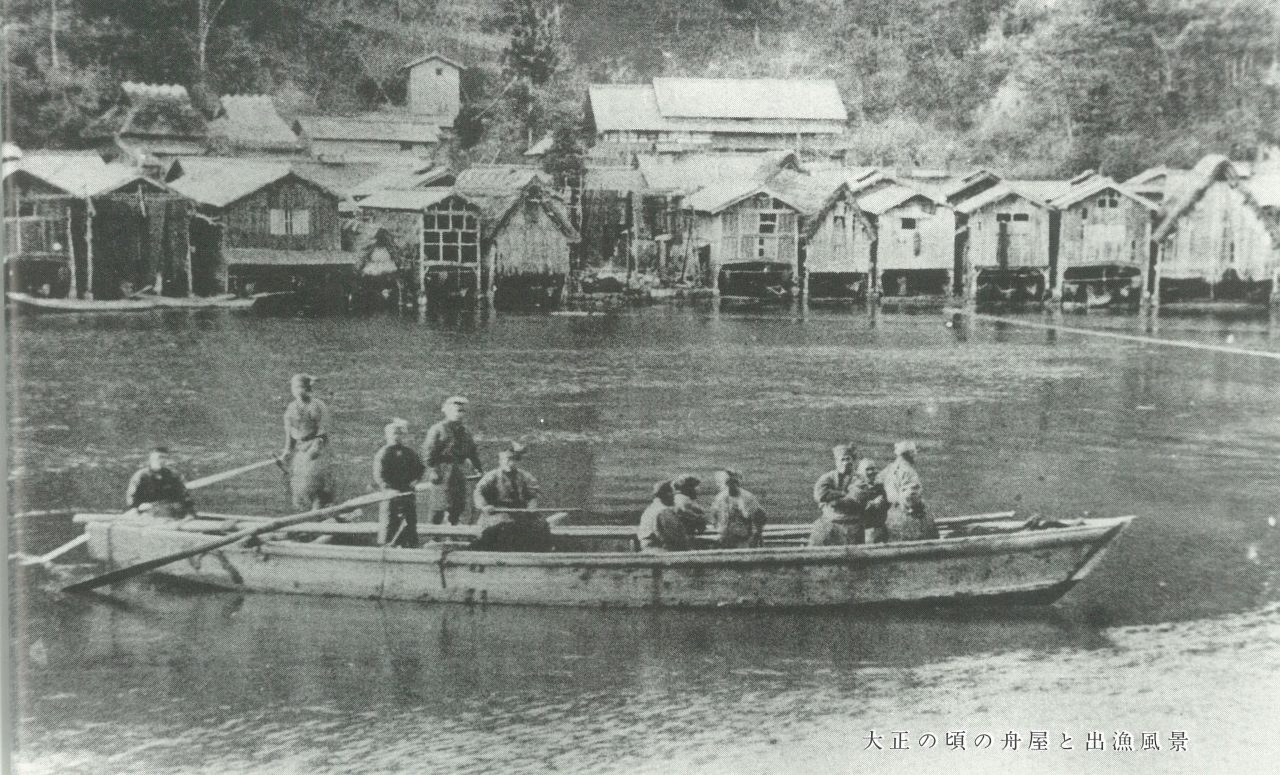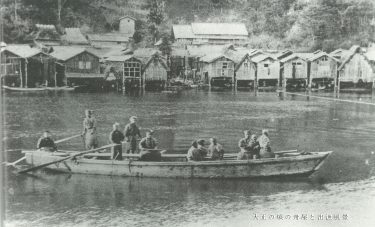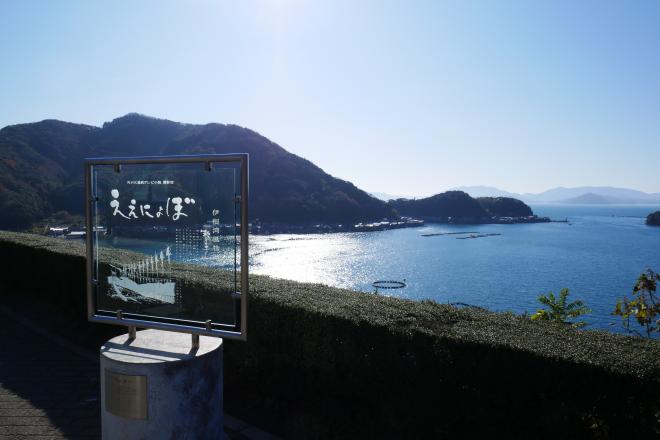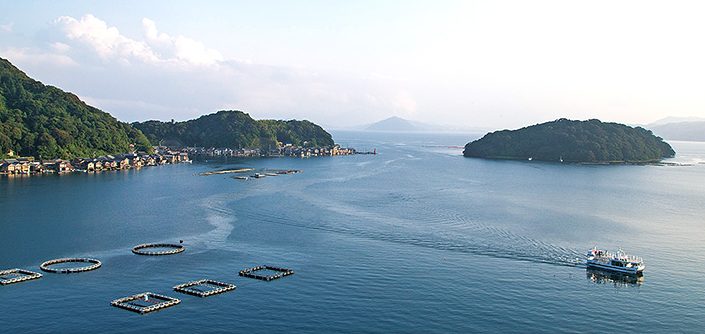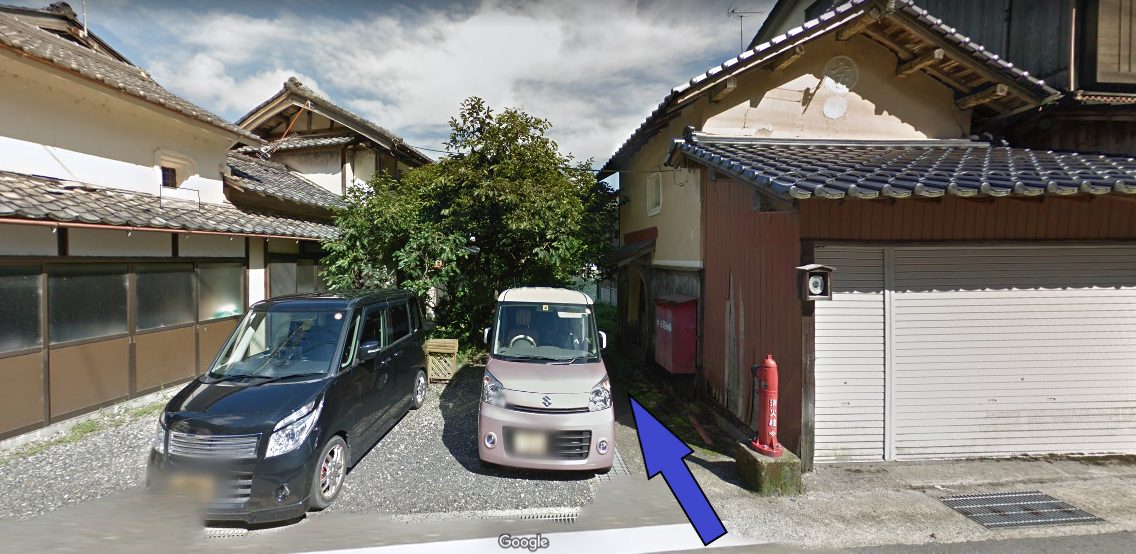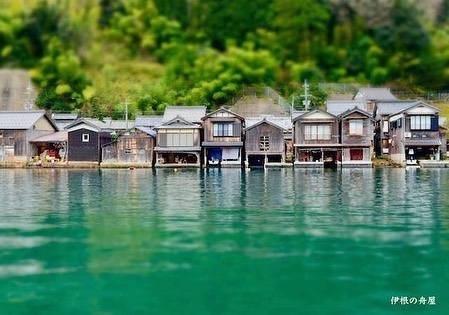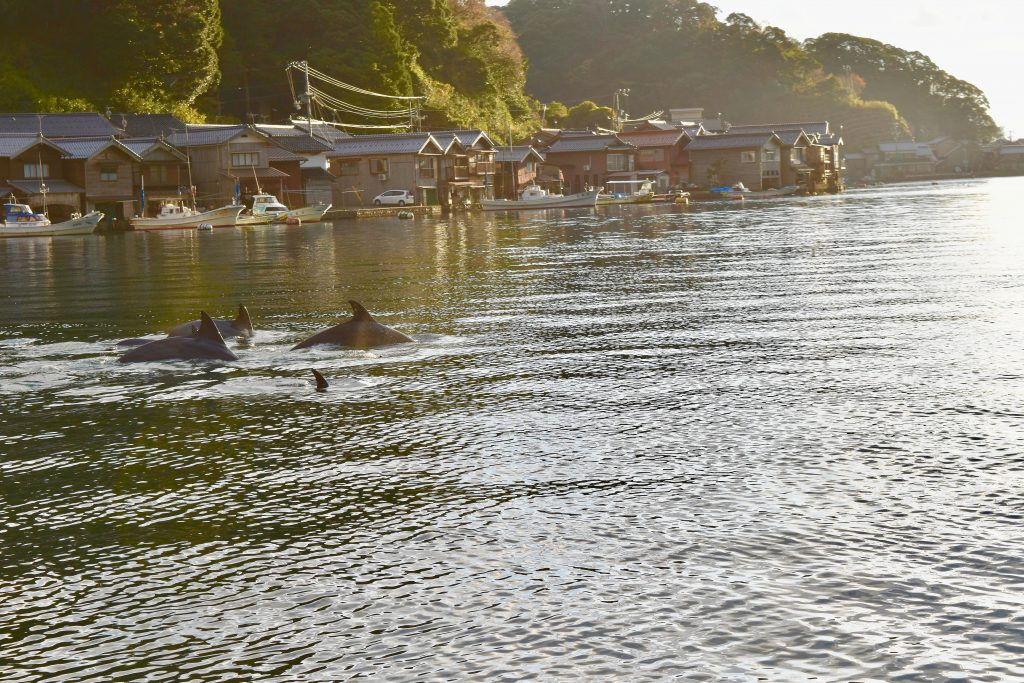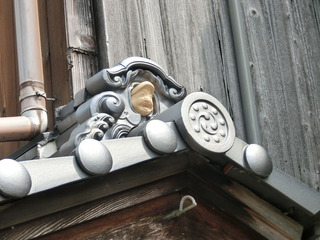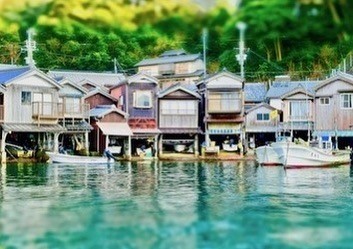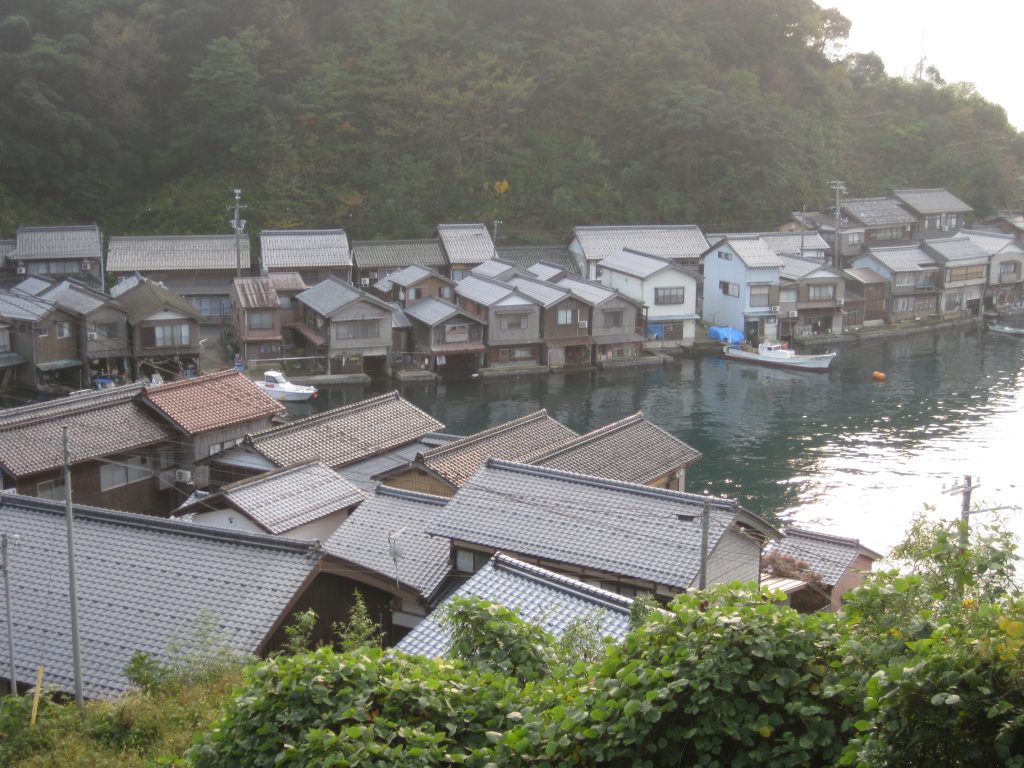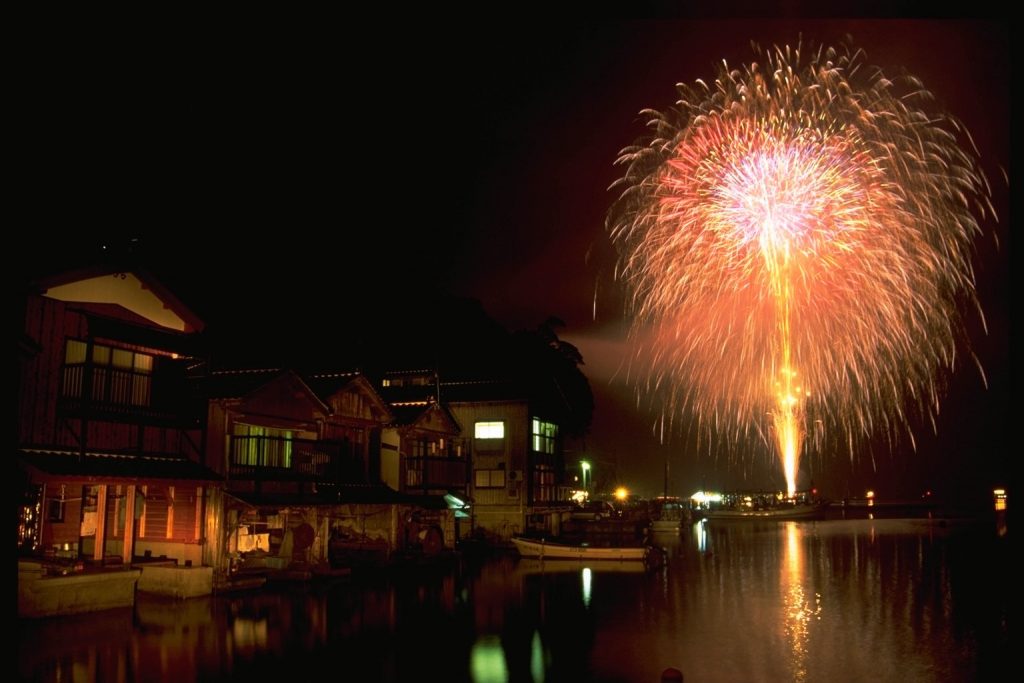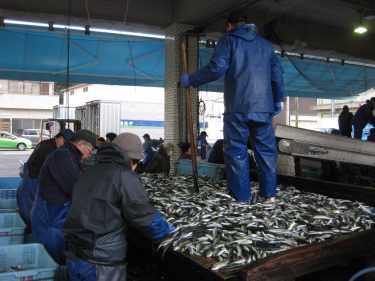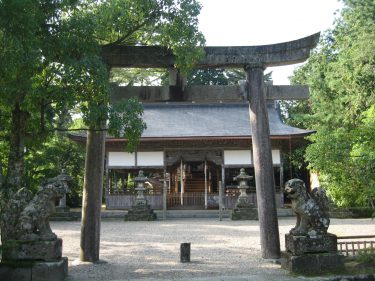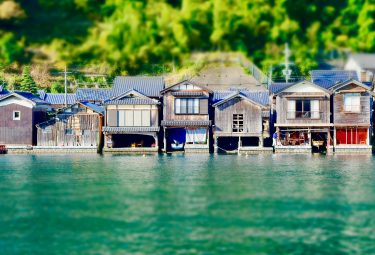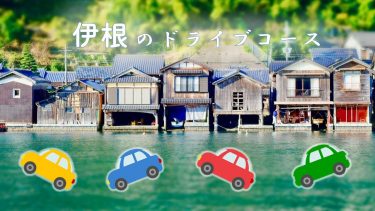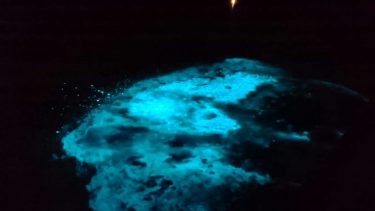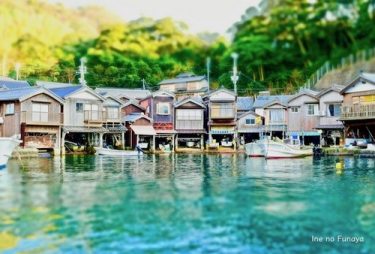- 1 Introduction
- 2 The secret of the special terrain that created Funaya ( Michi-no-Eki Funaya no Sato Ine)
- 3 Aquaculture cultivated in Ine Bay ( Michi-no-Eki Funaya no Sato Ine)
- 4 Funaya structure ( Ineura Park)
- 5 The beginning of Funaya in Ine ( Ineura Park)
- 6 Designation as an Important Preservation District for Traditional Buildings ( Ineura Park)
- 7 About the width of Funaya ( under Kaizoji)
- 8 About whale fishing ( seagull parking lot)
- 9 About revetment work ( Ineura Park)
- 10 Ine as a fishing ground ( Shichimenzan parking lot)
- 11 Ine dolphin
- 12 Let’s find Ebisu!
- 13 Whale graveyard! ?? Valley of the Ears and Nose Hell ( Valley of the Ears and Nose)
- 14 Jiyokuji Temple ( Jiyokuji Temple) where you can enjoy the magnificent view of the roof pattern
- 15 Ine well
- 16 A mysterious vent under the house
- 17 Ine fireworks
Introduction
This is a page that conveys the true charm of Ine, which you cannot understand just by looking at Ine’s Funaya. You can learn more about Ine from various angles, such as the history of Funaya since its birth, the topographical features of Ine, and the role that Funaya plays. Now you are an Ine enthusiast! ?? Let’s take a leisurely tour of Ine while looking at this page.
The secret of the special terrain that created Funaya ( Michi-no-Eki Funaya no Sato Ine)
From the observatory at this roadside station, you can overlook Ine’s Funaya. A natural island called Qingdao can be seen right in front of the observatory. Ine Funaya is lined up to surround it. Approximately 230 funayas are lined up over a 5km circumference.
Why is there a funaya? It’s strange, isn’t it? That’s the secret to this terrain. A tall mountain rises around Qingdao, which you can see right in front of you. In fact, Ine Bay is surrounded by the steep mountains that rise on the north, east, and west sides, so the terrain is such that the wind of the Sea of Japan and the accompanying rough waves do not come in directly. Furthermore, Qingdao, which I explained earlier, floats at the exit of the bay, and it is strong against the wind from the south.
In other words, it has a structure that is not easily affected by the wind on all sides and the waves that accompany it. It is also important that the bay faces south. The wind from the south is not from the open sea of the Sea of Japan, but from Wakasa Bay, which is the inland sea, so the waves entering Ine Bay are relatively calm. Therefore, calm waves that do not seem to be the sea of the Sea of Japan continue all year round. The gentle waves throughout the year allowed us to build a funaya. You can’t talk about Funaya without this terrain.
Another characteristic of Ine is the ebb and flow of the tide, and the so-called tidal range is very small. For example, in the Seto Inland Sea, it can change up to 4m during the day. If it changes so much, even if the ship that left in the morning returns to the funaya, it will not be possible to withdraw it inside. However, in Ine Bay, there is a difference in tidal range of only about 80 cm throughout the year. Thanks to this, the boat was able to safely return to the funaya whenever it came back.
Aquaculture cultivated in Ine Bay ( Michi-no-Eki Funaya no Sato Ine)
Can you see that there is a circle in Ine Bay? That is the aquaculture industry in Ine Bay.
Yellowtail, red sea bream, amberjack, and rock oysters are cultivated in Ine Bay. Yellowtail is cultivated in a circle in front of Qingdao, and rock oysters are cultivated in a square circle lined up in front of Funaya on the left side of Qingdao.
Ine’s natural yellowtail has been famous for its taste since the Edo period, and its aquaculture is no less popular. Yellowtail cultivated in the cold and clean sea in Ine Bay is firm and you can enjoy delicious yellowtail with a moderate amount of oil.
Do you see that there is a circle in the back of Qingdao? In fact, large bluefin tuna are also bred in Ine. This is a method of growing tuna caught in the Sea of Japan in the summer until winter, adding fat, increasing its value and shipping it, and it is mainly shipped to Toyosu in Tokyo under the “Ine tuna” brand. .. Ine tuna fair is sometimes held at Sushiro. Ine tuna has a good meat quality and fat, and is highly evaluated.
Funaya structure ( Ineura Park)
About 400 years ago, the Funaya, which was built in the early Edo period, initially served as a Funaya, a barn for storing boats, or a warehouse. This is because the boat at that time was a wooden ship and the net was hemp, unlike now. Both of them will rot if left in the sea for a long time. However, nowadays, boats and nets do not have to be lifted to land every time due to chemical fibers, and compared to the days of hand-held boats, the boats are now larger because they are powered by gasoline, which is the standard of today. A fisherman’s boat does not enter the boathouse. Furthermore, the number of fishermen is fundamentally decreasing. From the above, the role as the initial function is no longer necessary. Instead, Funaya is now used as a secondary room, for example, when a customer comes to stay, or as a warehouse. In recent years, with the increase in the number of tourists in Ine Town, about 30 Funaya out of about 230 are operated as accommodation facilities. There are fewer and fewer funayas to store boats.
The beginning of Funaya in Ine ( Ineura Park)

Funaya in Ine, which has been confirmed since the early Edo period, was born as a garage for boats. Funaya in the Edo period used thatched roofs to pull the boat to the first floor as shown in the photo. The Funaya at that time did not have a second floor like the Funaya you are looking at now, but only had beams. In the old days, it seems that the beams were hung with fishing nets and dried. The thatched-roof funaya was in a well-ventilated shade and was ideal for storing boats and fishing nets.
Then, do you have any doubts next? If Funaya is a barn that stores ships, where did the inhabitants live? The answer is another building that stands opposite the Funaya across the road. There is another building on the mountain side of most Funaya. This was the main building. In other words, when you set up your address on the mountain side and go fishing, you go to the funaya in front of you, which is like having a car garage. This is the original form of Ine’s residence.
By the way, if you think about Funaya from the perspective of a fisherman, you can see its convenience. It can be easily stored just by pulling it out of the sea. So why didn’t Funaya exist in fishermen’s towns all over the country? Actually, there are several in the whole country. For example, there is a neighborhood called Amanohashidate’s Mizoshiri nearby. But there are 230 Funayas that I can’t find anywhere in the country. That’s because there is no place where the waves are so calm. The north, east, and west are surrounded by mountains, Ine Bay faces south, and the exit of the bay is protected by a natural breakwater called Qingdao.
There is another big reason. Please take a good look at Ine Bay. There is almost no flat land, isn’t it? In the first place, there is little flat land in Ine, so it can be said that there was no place to build other than by the sea. The most rational form of living created by the ancestors who lived in this area may be called Funaya.
Designation as an Important Preservation District for Traditional Buildings ( Ineura Park)
Please see the signboard in Ineura Park. There is a signboard for the Important Preservation District for Traditional Buildings in Ine.
Ine Town was selected as the first national important traditional buildings preservation district in the fishing village in 2005. It was also the first time that the selected area included the sea (Ine Bay). This is because this system is an effort to preserve not only the Funaya building but the entire environment surrounding it. Therefore, the mountains you are looking at are also protected. By doing this, we will be able to protect this cityscape for future generations. Once designated as an Important Preservation District for Traditional Buildings, the exterior walls of the house must be colored like black or brown, and the fittings are basically made of wood. .. It can be annoying for the residents, but we are working together to protect this one-of-a-kind landscape.
About the width of Funaya ( under Kaizoji)
Look at the arrow in the photo above. Do you see the road going to the sea? On the contrary, if you look at the mountain side, you can see that the road extends to the mountain.
Did you know The road in front of Funaya, which you have been passing by car or local bus, is actually a road that was built between 1931 and 1940. Before that, there was only a margin between people with umbrellas between the funaya and the main building. It’s a matter of course, but it used to be an era without cars. At that time, the means of transportation was walking or boating. So it was good that the land route was large enough for people to pass through. There used to be a lot of mountain trails. Now that cars have developed, most of them have become beast roads.
And, like mountain roads, many roads to the sea were used in the past. The remnants of the old road remain. There is a temple called Kaizoji at the end of this straight road that runs from the sea to the mountains.
In other words, this road was an old worship road. I can’t think of it now, but in the old days, ship movement was the norm. So there were many ways to get to the sea like this. It’s kind of nice that people in the old days went to visit temples by boat. There are still many ways to go. Please look for it while walking.
About whale fishing ( seagull parking lot)

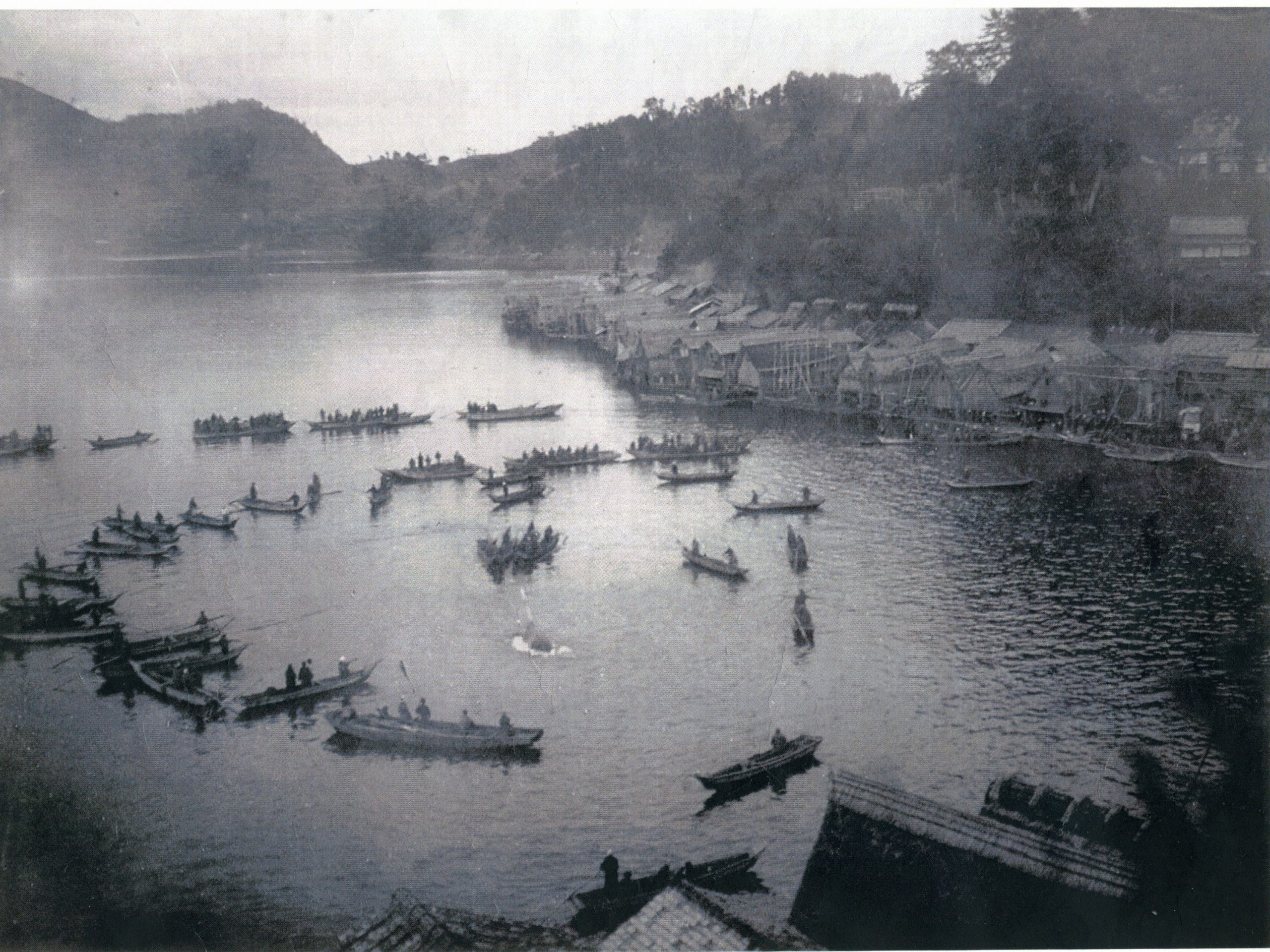
In fact, whales have been wandering into Ine since time. According to the literature, about 355 animals were caught during the 257 years from 1656 to 1913. As for how they were caught, when a whale wanders into Ine Bay, it first cuts off the retreat. This method is also very interesting. Look at both sides of Qingdao. The left side is the booth and the wide side on the right is called the frontage. When whales came in, they closed the booth with 18 wooden boats and the large frontage with 38 wooden boats. After that, it is driven into some dented places in Ine Bay and killed with a special mori called whale mori. By the way, it seems that a reward was given to the person who stabbed the whale first. Only those who have the courage can do it!
It seems that the whales caught were used to every corner, which was very valuable to the residents of Ine. There is also a shrine called Ebisu Shrine in Qingdao, where there is a whale grave. After catching the whale, he always cut out a part of the bone and put it in, and it seems that a monk came from a temple called Nariaiji Temple in Amanohashidate to hold a memorial service.
By the way, there are some interesting stories left. Ine at the time of whale meat was under the jurisdiction of the Miyazu clan. Therefore, when whales are caught in Ine, Ine fishermen go to call the officials in charge of whales in the Miyazu clan. Then, in the presence of an official, he measured the type and size of the whale, calculated the amount, and charged it to the Miyazu clan as a 10% commission. At this time, the fisherman in Ine said that he was trying to make the whales as small as possible and reduce the tax by measuring when the officials drank a lot of alcohol and got drunk. It’s the wisdom of a fisherman, isn’t it?
About revetment work ( Ineura Park)
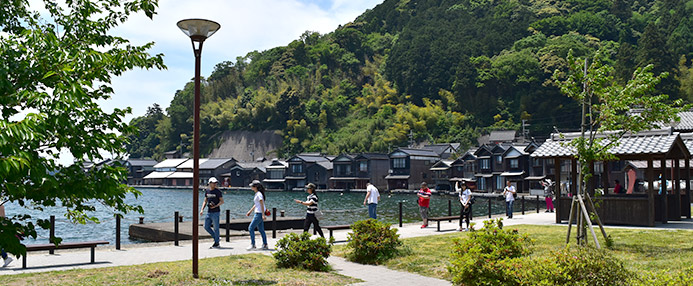
This is a means to protect the scenery of Funaya in Ine. Funaya in Ine has been around since the Edo period. This landscape has been selected as an important traditional building preservation area and will be preserved in the future. The scenery is of course important, but for that purpose it is also necessary to preserve it for many years. Funaya is only possible because the waves are calm in Ine Bay, but no matter how calm the waves come, the waves come every day. It’s especially strong. Therefore, the part below the sea surface is scooped out by the waves. So it needs to be reinforced. In the olden days, Funaya was only used to store ships, but now it is increasingly used as accommodation and housing. If that happens, it will be necessary to stabilize the foundation over the long term. Therefore, the Ministry of Land, Infrastructure, Transport and Tourism is carrying out concrete revetment work using the masonry pattern of the entire Ine Funaya. Taking this construction as an opportunity, some houses have completely blocked the entrance to the Funaya. This is a difficult place. It is convenient for owners who do not need the original functions of Funaya to close it, but on the other hand, it is a little disappointing for the scenery. The scenery of Ine is being protected every day while exploring the comfort of the residents who protect the scenery and the middle.
Ine as a fishing ground ( Shichimenzan parking lot)
Funayas are lined up from the Shichimenzan parking lot and you can see them beautifully, so it is recommended for taking pictures. Here, I will explain about Ine as a fishing ground.
The sea in front of Ine Funaya is called Ine Bay. If you go out of Ine Bay, you will reach Wakasa Bay. It has a structure with a bay inside the bay. This Wakasa Bay area is a place where the warm Tsushima Current and the cold Liman Current collide, and it is a water area with abundant fish species and catches. Furthermore, in the forests of Ine Town, there are still many virgin forests called Uotsukirin, where fish can easily settle. Natural nutrients produced from the forests of giant trees of Castanopsis and Machilus thunbergii flow into Ine Bay as rivers, increasing plankton in the sea, and many fish gather along with it. That said, it’s an old story. Although Funaya existed in the early Edo period, many parts of the coastline were overgrown with trees up to the waves. Therefore, there are many good places for fish to hide, and it is thought that more fish have entered this bay than they are now.
Ine is especially famous for yellowtail fishing. A gourmet book dealing with food at that time called “Hon-Breakfast Book” published in Genroku 10 (1697) includes “Immediately Tango-no-Shinsei, Etchu-no-san Jiyuki, and Eggplant-no-Nishu-no-san”. I still have Tango-san, and I’m going to do it. In modern translation, the yellowtail on the Tango Peninsula in the northern part of Kyoto, including Ine, is the highest class yellowtail. The yellowtail of Etchu (currently Toyama Prefecture) is the next best. Yellowtail in other areas does not reach these two areas. Is written. You can see that the taste of Ine yellowtail has been widely known since the Edo period.
Ine dolphin
Dolphins have been in the bay for a long time in Ine. I still come in several times a year. I’m pretty lucky to see it. Moreover, when you are on a pleasure boat, they swim around the boat and play with you. Furthermore, according to experts, a certain dolphin family stops by Ine every year. What are you doing? Apparently they are sleeping in the bay. Dolphins will be able to relax because of the calm Ine Bay. By the way, during the Edo period, we also fished dolphins in Ine Bay.
Let’s find Ebisu!
Photo image. Do you know what it is? Actually, this is the face of Ebisu, one of the Seven Lucky Gods. Speaking of Ebisu, he is the only god unique to Japan among the Seven Lucky Gods. And I have a fishing rod in one hand and a sea bream in the other. In other words, for fishermen, he was an important god who prayed for big catches and the safety of fishing. If you walk while observing closely, you will find Ebisu’s face everywhere, so it’s fun to walk while looking for it. Also, I can’t enter the Funaya because it’s my private home, but most of the houses have Ebisu on the hanging scroll. There is also Ebisu Shrine in Qingdao, which floats in the center of Ine Bay. Every time a whale was caught there, a part of the bone was cut out and stored. You can see how important Ebisu is to fishermen.
Whale graveyard! ?? Valley of the Ears and Nose Hell ( Valley of the Ears and Nose)
This area is a district called ear nose with nose to ear. The biggest feature here is the Funaya group that stands side by side in this unique curve.
Houses spread concentrically from this Funaya to the mountain side. Actually, this is the place where whales were driven into their ears and nose when whale fishing was popular in the past.
Seen from a whale, it’s a graveyard. Therefore, the name of the valley hell of the ear and nose remains. A long time ago, when I surveyed the seabed, a lot of whale bones came out.
It is now a popular photo spot in the Funaya group in Ine. Please drop in. However, there is no parking lot in the vicinity, so please come by a small pleasure boat called a sea taxi or a bicycle rental.
Jiyokuji Temple ( Jiyokuji Temple) where you can enjoy the magnificent view of the roof pattern
Funaya and houses are densely lined up in the valley of the ear and nose. Looking at this from a hill, it’s a magnificent view.
The appearance of the roof tiles shining beautifully in the sun is truly Instagram-worthy.
* There is no parking lot around here either, so it is not possible to visit by car.
Please park in a municipal parking lot such as Shichimenzan Parking Lot and visit using a rental cycle.
Ine well
Did you know that there is a well in the Funaya group in Ine? In fact, there are wells in the Funaya group. Moreover, it is fresh water.
It’s strange that the place is so close to the sea. It seems that the locals wash vegetables here.
A mysterious vent under the house
If you’re walking around the city, you’ll be curious about the square box at the eaves of your house. A mysterious box. This is actually part of a sewage treatment facility.
In the Funaya area of Ine, a vacuum type sewage collection system is adopted depending on the topographical and geological conditions.
By adopting this, it is suitable for the environment along the sea where it is difficult to dig deep into the ground like Ine.
As part of that system, we need an air outlet, which is appearing at the eaves.
Ine fireworks
In Ine, fireworks are set off from the center of Ine Bay on the last Saturday and Sunday of August every year.
Since Ine Bay is surrounded by mountains, the sound echoes and has a great impact.

